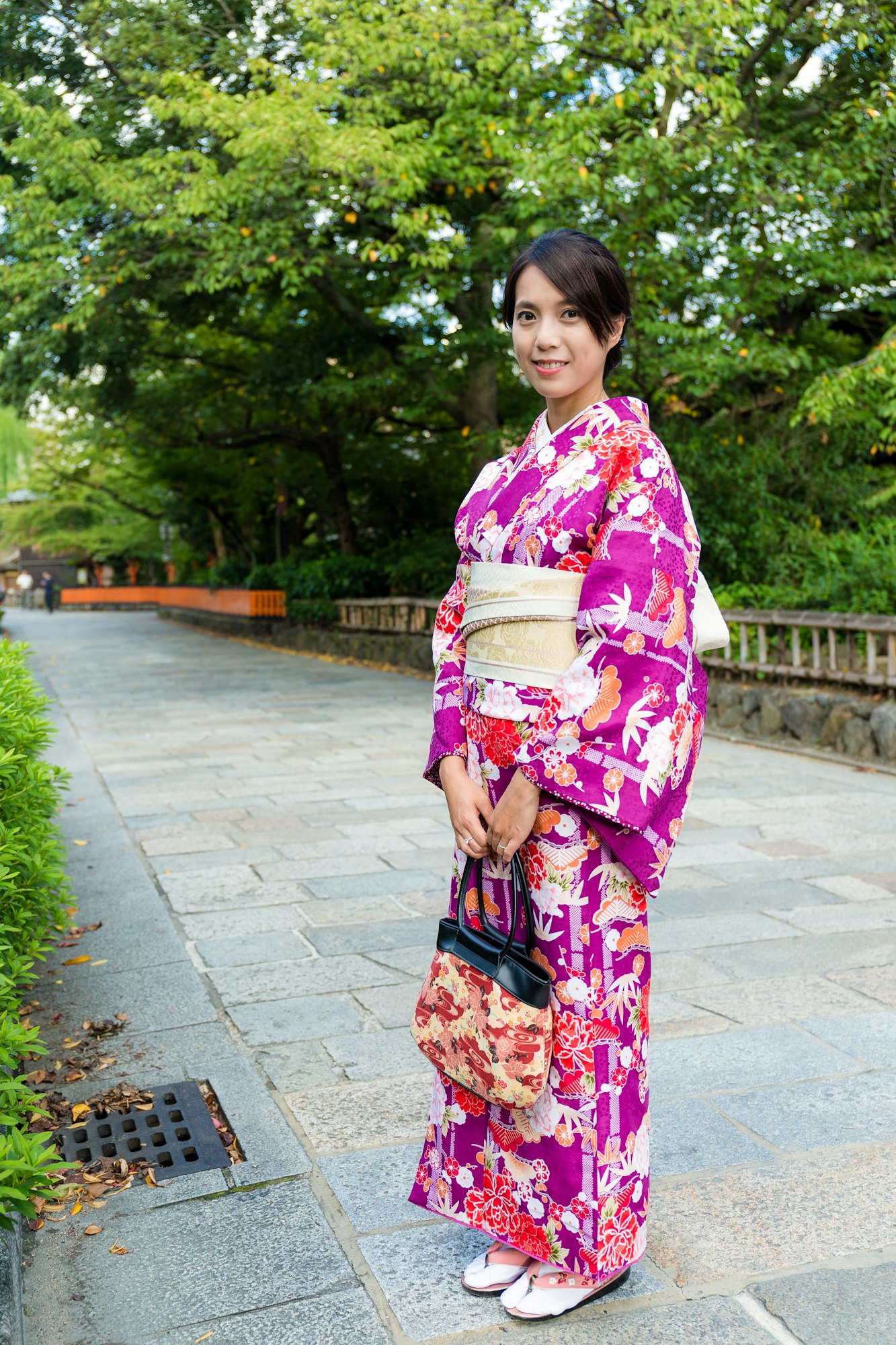Fashion and modernity: the influence of Japanese clothing on haute couture

The influence of Japanese clothing on Western haute couture is a fascinating phenomenon spanning several decades. This meeting of age-old traditions and modern innovations has given rise to emblematic creations, fusing the best of both worlds to reinvent contemporary fashion.
First contacts: from kimonos to fabrics
Western fashion's attraction to Japan began at the end of the 19th century, a period marked by Japan's opening up to the outside world. Click on https://kimurakami.com to find out more about Japanese clothing. World exhibitions of this period, such as the Paris Exposition of 1867, introduced Europeans to the sumptuous kimonos and elaborate fabrics of Japan. These early interactions sowed the seeds of a lasting fascination with Japanese aesthetics.
Sujet a lire : How to Curate a Capsule Collection for the Corporate Lawyer with a Flair for Fashion?
The emergence of Japanese designers
The 1970s and 1980s marked a decisive turning point with the arrival of Japanese designers on the international scene. Iconic figures such as Issey Miyake, Yohji Yamamoto and Rei Kawakubo (founder of Comme des Garçons) revolutionised haute couture with their avant-garde creations. By incorporating elements of Japanese sartorial tradition, such as folding, draping and asymmetrical silhouettes, these designers challenged the established conventions of Western fashion.
The art of asymmetry and deconstruction
One of the most striking aspects of the Japanese influence is the adoption of asymmetry and deconstruction in clothing. These concepts, deeply rooted in Japanese aesthetics, have been brilliantly interpreted by designers such as Yohji Yamamoto and Rei Kawakubo. Their often monochromatic collections, with irregular cuts and unprecedented volumes, have shaken up expectations and redefined standards of beauty and sophistication.
En parallèle : How to Curate a Capsule Collection for the Corporate Lawyer with a Flair for Fashion?
Japanese minimalism: a philosophy of life
Minimalism, another pillar of Japanese influence, has its roots in the principles of Zen and Japanese architecture. Issey Miyake, with his fluid, uncluttered pieces, embodies this philosophy in his designs. The use of innovative materials and unique pleating techniques has resulted in garments that are both simple and complex, demonstrating a perfect mastery of craftsmanship and modernity.
In short, the encounter between Japanese fashion and Western haute couture has created a rich and creative dialogue, where tradition and modernity sit harmoniously side by side. Japanese clothing, with its cultural depth and unique aesthetic, has not only enriched the stylistic palette of designers, but has also opened up new avenues of artistic expression. This influence continues to inspire and transform the haute couture landscape. Proving that fashion is truly a universal language in constant evolution.
